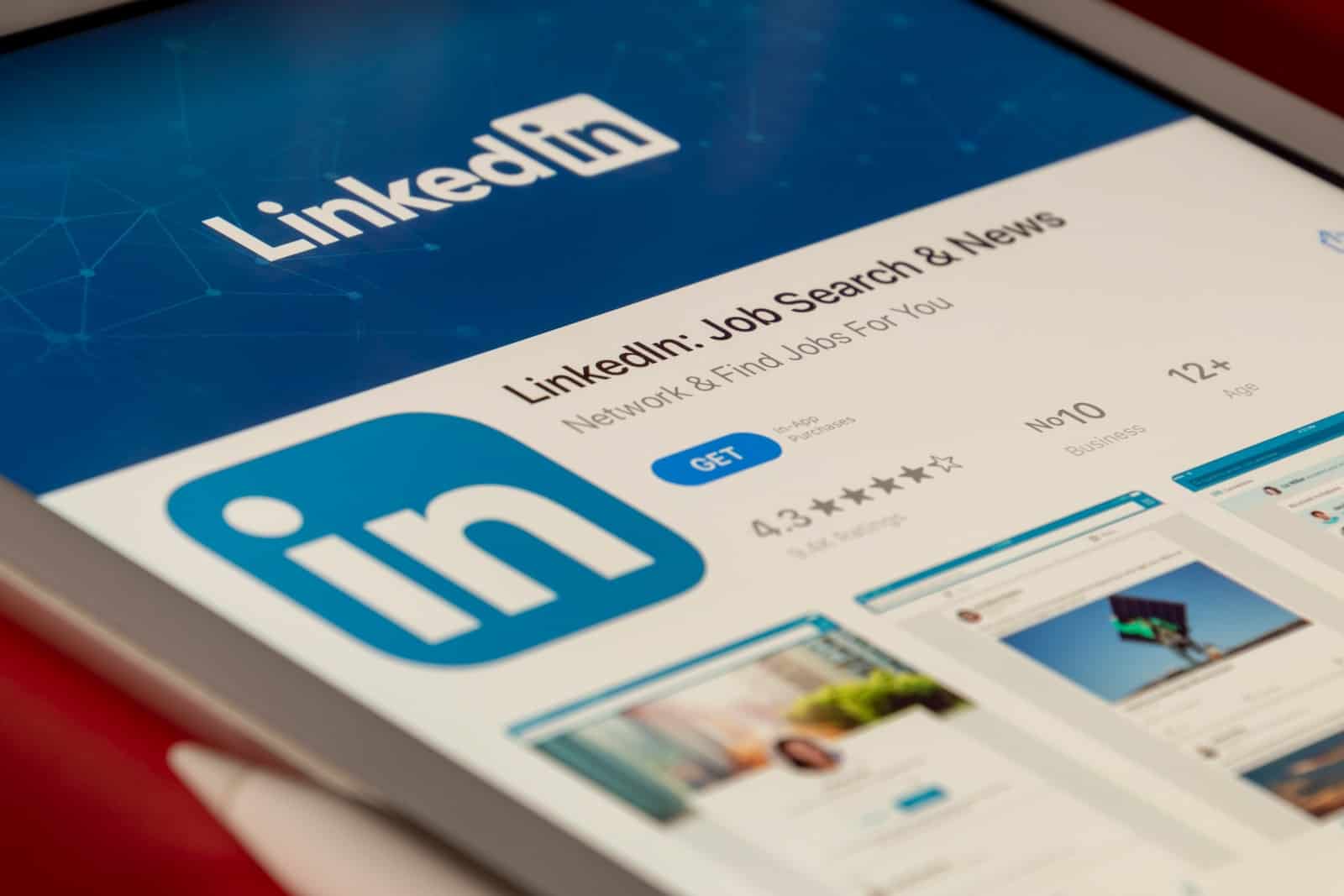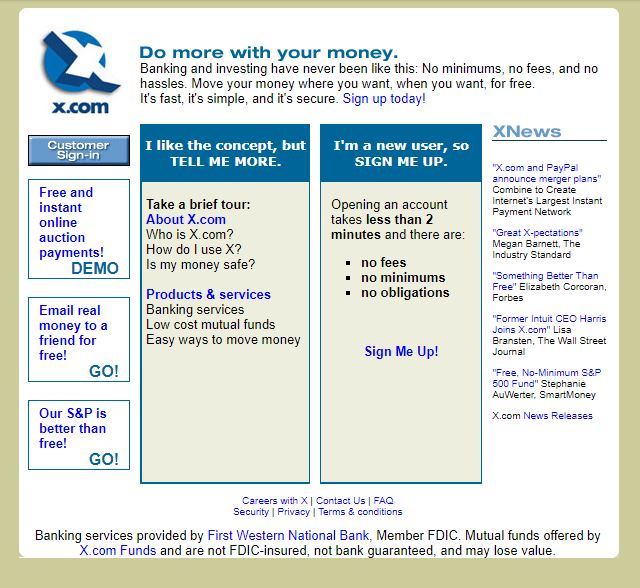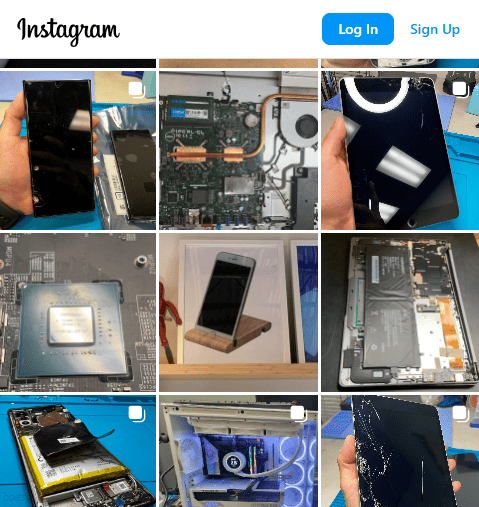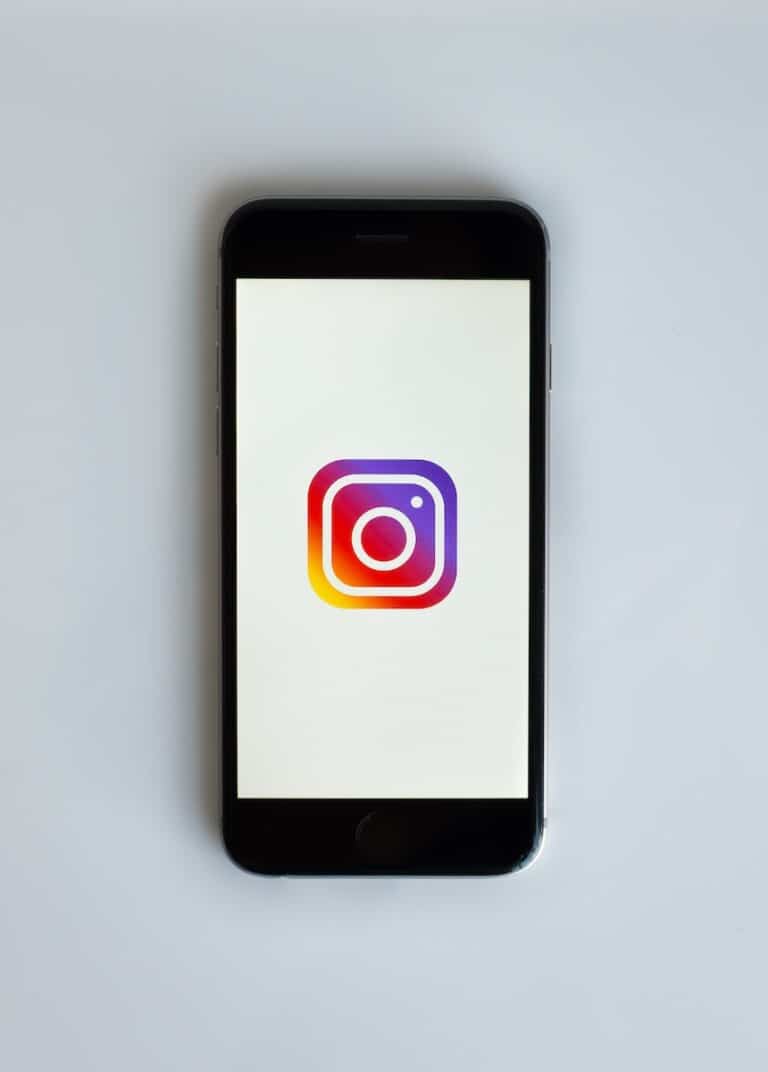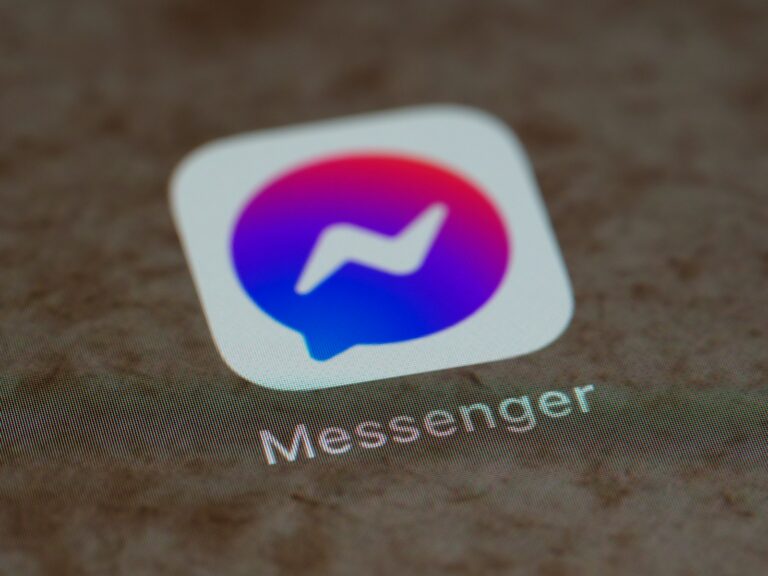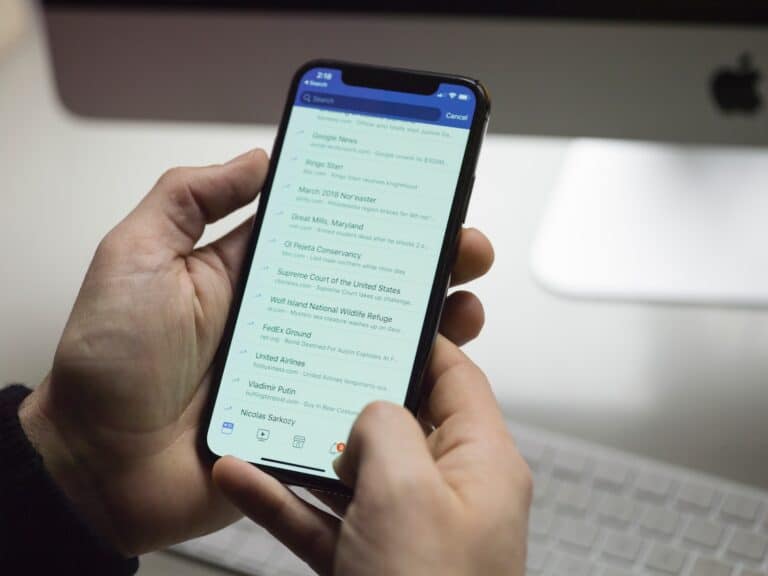If LinkedIn is down for you today, you’re not alone. The go-to platform for professionals has recently faced several outages, leaving users scratching their heads. Reports of the site not loading or going down have spiked, with incidents being clustered mainly in US cities. This has caused a stir among the millions who rely on LinkedIn for networking, job hunting, and more.

The outages have varied in duration, with some lasting up to an hour. LinkedIn has acknowledged these issues, assuring users that they are investigating the problems and working on fixes. The company’s swift response aims to minimize disruption and restore full access to its services. As LinkedIn tackles these technical challenges, users are keenly awaiting updates and solutions.
Key Takeaways
- LinkedIn has experienced multiple outages, significantly disrupting services for users globally, with high concentrations of reports in US cities, indicating a pattern in geographical impact.
- Users rely heavily on LinkedIn for professional networking, job searching, and business development, highlighting the substantial inconvenience and potential career impacts caused by these service interruptions.
- Despite the frequent occurrences of service disruptions, LinkedIn’s communication regarding the reasons for outages and solutions has often been slow or lacking in detail, leaving users seeking more transparency and quicker updates.
- The pattern of outages and the specific areas they affect suggest the possibility of underlying network infrastructure issues or regional internet service provider problems, underlining the need for in-depth technical analysis and targeted solutions.
- User reactions on social media platforms underscore the critical role LinkedIn plays in the professional ecosystem, with expectations for reliable service, swift recovery from outages, and clear communication about issues.
- There’s a strong call from the LinkedIn user base for the company to not only address current technical challenges but also implement preventative measures to ensure stable and reliable access in the future, maintaining user trust and platform dependability.
Impact of LinkedIn Outages
LinkedIn, a major social media site for professionals, recently hit a bump. On October 6th, users found they couldn’t get onto the platform. This wasn’t just an inconvenience. For many, LinkedIn is key for job hunting and networking.
When users tried to log in, they saw an error message. It told them, “We seem to have encountered an error.” This happened around 9:56 AM, according to Downdetector. The site tracks when services go down. At that time, 288 complaints were filed about LinkedIn not working.
This outage didn’t just affect a few people. It hit many users hard, especially in the US. Cities across the country reported issues. For individuals relying on LinkedIn for their job search, this was a big deal. For businesses, it meant a pause in connecting with potential clients or employees.
On social media, users voiced their frustration. Posts with #LinkedInDown popped up on platforms like X. Some users made jokes, but many expressed real concern about not accessing their profiles.
The question of what caused the outage remains. LinkedIn hasn’t provided details. Users and businesses alike are looking for answers. They want to know why this happened and how LinkedIn will prevent it in the future.
These outages show us how much we rely on digital platforms. They’re vital for job seekers, businesses, and professionals. A single glitch can disrupt many people’s days. It highlights the need for stable and reliable services.
Frequency and Duration of Outages
LinkedIn users have faced multiple outages, disrupting their online activities. These interruptions are not only frequent but also vary in duration, affecting users worldwide.
On one occasion, over 1000 users reported issues early in the morning. Later the same day, the number of reports rose again, with over 100 more users experiencing difficulties. These incidents show that LinkedIn outages can happen more than once within a short period, causing inconvenience for its users.
The platform previously encountered a significant outage on December 12, where more than 900 reports came from the UK alone. No reports were mentioned in the US during that time, but users in other European countries also faced problems. This pattern suggests that while outages are common, their impact can differ across regions.
Social media reactions underline the frustration and confusion among users. People lost connections, couldn’t access content, and faced blocked messages. These issues highlight how crucial LinkedIn is for professional networking and job searching. Users expressed their concerns openly, hoping for a quick resolution.
Despite the frequent outages, LinkedIn’s response to these issues often lacks immediate clarity. The platform has not always confirmed the cause of the disruptions promptly, leaving users in the dark. However, they assured users of bug fixes and a return to full functionality within hours during some incidents.
Outages on LinkedIn underscore the platform’s essential role in the professional landscape. While interruptions are becoming more common, the specific reasons often remain unaddressed. Users are left hoping for stability as they navigate their professional online presence amidst these challenges.
Geographical Concentration of Reported Issues
When LinkedIn goes down, it doesn’t hit everyone the same way. Some places feel it more than others. Reports show that in some areas, more people run into problems. They face issues like not being able to connect or send messages. This tells us the outages have a pattern. They’re not random.
Data gathered from user complaints highlights this trend. People from specific regions flood social media with their troubles when LinkedIn fails. These bursts of reports pinpoint where the problem is worst. But it’s not just about one place. The pattern shifts, suggesting the issues move or affect different areas at different times.
This behavior raises questions. Why do some areas get hit harder? It could be down to how LinkedIn’s network is set up. Some parts of the world might rely on certain systems more. When those systems have trouble, the people depending on them feel it the most.
Figuring out the exact regions hit hardest by LinkedIn outages requires deep data analysis. Users from various locations share their experiences, painting a picture of the outage map. Internet service providers might also play a role. If they have issues, it could look like LinkedIn is down when it’s not.
Understanding where problems happen can help in fixing them. It points LinkedIn and internet providers to where they need to focus their efforts. It also helps users know if the problem is widespread or just affecting their area. This information is crucial for businesses relying on LinkedIn for their daily operations. They need to stay connected, and knowing more about potential outages helps them plan.
LinkedIn’s Response to the Outages
When LinkedIn users face outages, they want answers fast. LinkedIn’s team knows this. But getting those answers isn’t always quick. After recent outages, LinkedIn’s official statements seemed slow. They didn’t say why the site went down. Users were left guessing if the problem was from a hack, a glitch, or something else.
The tech world watches closely when sites like LinkedIn stumble. These platforms connect millions of people. So, when there’s a snag, it matters to a lot of users and businesses. LinkedIn usually communicates through updates on their website or social media. They say they’re working on the problem, but details are often thin at first.
In the past, LinkedIn has faced criticism for how they handle outages. Users want clear, fast communication. They also want to know what LinkedIn will do to fix the problem and stop it from happening again. LinkedIn has a support page. It offers help for common issues. For outages, they sometimes post updates here.
Despite frustrations, LinkedIn keeps growing. It’s a key tool for networking and job hunting. So, when outages happen, it’s not just a small glitch for many users. It’s a big deal. LinkedIn is working to better communicate and fix issues faster. They know staying connected is what users need.
User Expectations and Reactions
When LinkedIn goes down, it’s a big deal. People rely on it for finding jobs, connecting with colleagues, and making new business contacts. So, when they can’t access their profiles or send messages, it’s more than a minor annoyance. They turn to social media to report these issues. The platform’s outages are not just inconvenient; they disrupt people’s professional lives.
Users have clear expectations from LinkedIn during these disruptions. They want fast and clear communication about what’s going on. Is it a minor glitch or a major problem? How long will it take to fix? Users expect these answers quickly to plan their next steps. When LinkedIn stays silent or vague about the issues, frustration grows. People start wondering if their reliance on the platform is a vulnerability.
The reaction on social media platforms shows the level of dependency users have on LinkedIn. When over 1,000 users report problems in a morning, and the numbers start climbing again by the afternoon, it’s a sign of how vital LinkedIn has become. In December, over 900 reports of outages flooded in from the UK alone. This high volume of reports highlights the widespread effect of LinkedIn outages.
LinkedIn’s role in the professional world can’t be overstated. Each outage leaves users in limbo, unsure of when they can get back to their professional interactions. Networking and job hunting come to a halt, causing a ripple effect in many lives. Users expect more from a platform as critical as LinkedIn. They want solutions and, importantly, preventative measures to avoid future issues.
Finally, users demand transparency. If LinkedIn faces technical difficulties, sharing details about the problem can help alleviate frustration. Knowing whether it’s a DNS issue or something else gives users insight into what happened. It’s about trust. Users trust LinkedIn with their professional data and expect the platform to manage it responsibly.
Conclusion
The recent LinkedIn outages have not only highlighted the platform’s pivotal role in today’s professional landscape but also the critical need for swift and transparent communication in times of technical difficulties. As users navigate the challenges of maintaining professional connections and job searches, it’s clear that LinkedIn’s ability to manage and mitigate these disruptions directly impacts their success and satisfaction. Moving forward, the expectation for LinkedIn is to implement more robust solutions and preventative measures to safeguard against future outages. This will ensure that users can rely on the platform for their professional needs without interruption, maintaining the trust and reliability that are essential for LinkedIn’s continued success in connecting the global workforce.
Frequently Asked Questions
How can I make my LinkedIn network faster?
To accelerate your LinkedIn networking, begin by optimizing your profile for better visibility. Then, connect with colleagues and alumni, engage actively with your network, and join relevant groups. Reaching out to new connections, attending networking events, and maintaining consistency in your activities are also crucial steps.
How do I clear cookies on LinkedIn app?
To clear cookies on the LinkedIn app, tap on the ‘Me’ icon at your app’s top, select ‘Settings & Privacy’ from the dropdown menu, click on ‘Data Privacy’ in the left rail, and finally select ‘Manage cookie preferences’.
Is LinkedIn having technical issues today?
As of now, there are no incidents or technical issues reported today on LinkedIn.
Is there a problem with LinkedIn?
Currently, LinkedIn is operating normally. The most recent outage was on Wednesday, February 21, 2024, lasting approximately one hour. No ongoing problems have been detected.
Should I still use LinkedIn?
Absolutely, for individuals seeking office-type jobs, LinkedIn remains the most effective platform. It hosts the largest professional network worldwide, making it an unparalleled resource for job seekers in those fields.

